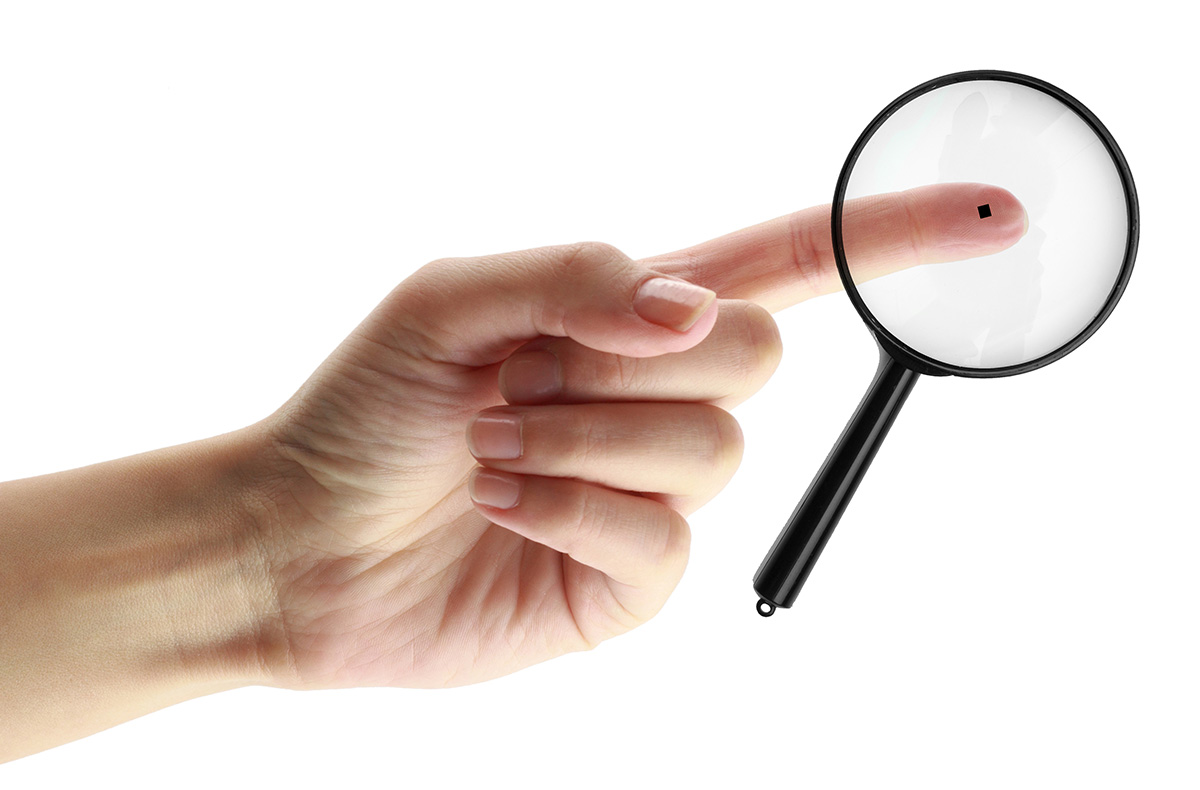In the world of espionage and covert communication, sometimes the tiniest details can hold the greatest secrets. Welcome to our deep dive into the fascinating world of microdots, a pivotal tool in the history of secret communication that has shaped the history of intelligence operations. From wartime espionage to modern-day applications, we’ll explore how these minuscule dots have played a crucial role in transmitting information undetected.
The Origins and Evolution of Microdots
Imagine being a spy in the 1940s, tasked with smuggling sensitive information across enemy lines. How could you ensure the secrets remain hidden from prying eyes? Enter the microdot. This ingenious invention allowed spies to shrink entire pages of text or photographs to the size of a period at the end of a sentence.
Microdots are essentially micro-photographs that are often no larger than one millimeter in diameter. This technology allows for the secure transmission of large amounts of information, undetectable to the naked eye and requiring magnification to be read.
Traditionally, microdots are circular, but they can come in various shapes and sizes. They are made from materials like polyester or metal, making them incredibly versatile for different uses.
The concept of reducing images and text to microscopic sizes dates all the way back to the 19th century. During the Franco-Prussian War in 1870, Paris was under siege, and French photographer and inventor René Dagron used microfilm to send messages via carrier pigeons. This early form of microdots enabled the pigeons to carry far more messages than was previously possible which was crucial for communication with the outside world during the four and a half month siege.
Highlighting the potential of miniaturized communication, Dagron’s pioneering work laid the groundwork for future developments in microdot technology.
Fast forward to 1925, when Israeli physicist and inventor Emanuel Goldberg presented a groundbreaking method at the International Congress of Photography in Paris. Goldberg’s process could reduce text to such an extent that it allowed entire pages to be miniaturized and read with a microscope.
This level of miniaturization was astonishing for its time, capable of fitting the text of 50 Bibles onto a single square inch of microfilm.
Microdots in World War II Espionage
During World War II, microdots became a crucial tool for espionage. The Allies and Axis powers alike used microdots, making them a significant part of the covert operations of the time.
The technology allowed agents on both sides to send detailed maps, documents, and photos without arousing suspicion. Microdots were often hidden in everyday objects like stamps, coins, and books.
One notable case involved a German spy who hid microdots on a doll, which appeared to be a simple toy but was actually a sophisticated tool for transmitting intelligence. This method exemplified the ingenious ways spies used everyday objects to hide their secrets.
As the war intensified, so did the sophistication of microdot technology. Spymaster Georg Nicolaus played a pivotal role in utilizing microdots to transmit critical intelligence. Stationed in Mexico, Nicolaus coordinated an extensive network of spies across Latin America, using microdots to send detailed reports on US military activities back to Germany.
Their methods included sending letters with microdots to dead letter boxes, essentially covert locations where messages can be left and retrieved by other intelligence operatives and hiding them on personal items, ensuring that critical information reached Nazi headquarters undetected.
Creating a microdot was a meticulous and highly technical process. It began with photographing the documents, followed by using specialized lenses to reduce the image size. The final product was imprinted on sensitized film, small enough to be hidden on seemingly innocuous items like the period in a sentence.
This process required precision and advanced knowledge of photography and miniaturization, making it a sophisticated method of covert communication.
Cold War Advancements and Notable Incidents
The utility of microdots didn’t end with WWII. The Cold War saw further advancements in microdot technology. Intelligence agencies, particularly the CIA and the KGB, refined the technology to make the microdots even smaller and harder to detect. The use of microdots in espionage became a standard practice, with agents carrying microdot readers to decode the tiny information embedded in ordinary-looking items.
In 1953, for example, a young newspaper delivery boy received a nickel that seemed suspiciously light. Worried he’d been scammed, he tested it by throwing it onto the ground. The top of the nickel face popped off, revealing a hidden compartment. Inside, the boy discovered a tiny coded message, a long string of numbers that fit on the tip of his finger and required magnification to read. The boy told a friend about this curious discovery, who in turn mentioned it to her father, a local policeman. The story, and eventually evidence, was passed up the chain of command until it reached the FBI. Agents immediately got to work trying to crack the code. For four years, they failed.
It was not until 1957 that the FBI, aided by a defecting spy from the Soviet Union, was finally able to crack the cipher. As the FBI had suspected, the message turned out to be from the KGB. It contained instructions to one of its agents and was signed “greetings from the comrades.” How it fell into the hands of a young boy and just how many other secret miniscule messages had slipped into the US would remain a mystery, but the US was now on the lookout for these microtexts, and looking for ways to send them to their own spies as well.
In the 1960s and ’70s, the CIA used microdots to communicate with POWs in Vietnam. Agents embedded microdot messages in humanitarian aid packages, including inside Kool-Aid powder packets. These messages were read using a Stanhope lens, a tiny magnifying device, allowing captured agents to coordinate escape plans and relay crucial information.
Modern Applications and Future Potential of Microdots
The advent of digital technology in the late 20th century transformed microdots. With the development of advanced microscopes and digital imaging techniques, it became possible to create and read microdots with unprecedented precision. Digital microdots could store more information and were even smaller than their analog predecessors.
In the digital age, microdots found applications beyond espionage. They became a tool for data storage and security. Microdots could be used to embed large amounts of information in a very small space, making them ideal for secure data storage. Companies and governments began using microdots to protect sensitive documents, verify the authenticity of products, and prevent counterfeiting.
One of the most significant modern uses of microdots is in anti-counterfeiting. Microdots are used to mark products in a way that is almost impossible to replicate. This technology is particularly valuable in industries like pharmaceuticals, luxury goods, and electronics, where counterfeiting is a major concern. Microdots can be embedded in labels, packaging, or even directly on the products, providing a reliable way to verify authenticity.
Microdots have also found applications in scientific research and nanotechnology. Researchers use microdots to tag and track microscopic samples. In nanotechnology, microdots are used to create nanoscale devices and structures, opening new possibilities in fields like medicine, electronics, and materials science.
The future of microdots is closely tied to advances in nanotechnology. As our ability to manipulate matter at the nanoscale improves, so does our ability to create and use microdots. Future microdots could be even smaller and more information-dense, with applications in fields we can only imagine today.
Microdots have come a long way since their early use in espionage. From their origins as a tool for spies to their modern applications in security, data storage, and art, microdots have proven to be a versatile and valuable technology. As we look to the future, advances in nanotechnology and artificial intelligence promise to unlock even more potential for microdots, opening new possibilities and applications. The story of microdots is far from over, and their future is as tiny and vast as the dots themselves.
Thank you for joining us on this journey through the hidden world of microdots. Be sure to like, share, and subscribe for more intriguing stories from the world of espionage and beyond.
Until next time, keep your eyes open and stay curious about the hidden stories all around us.


